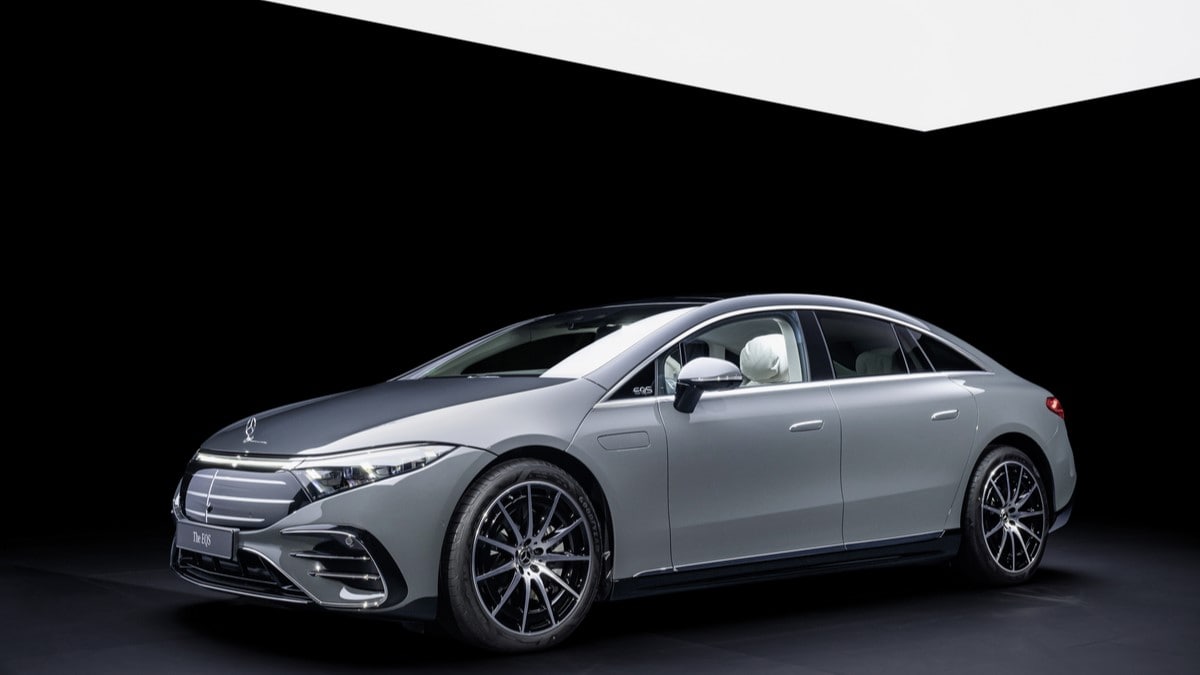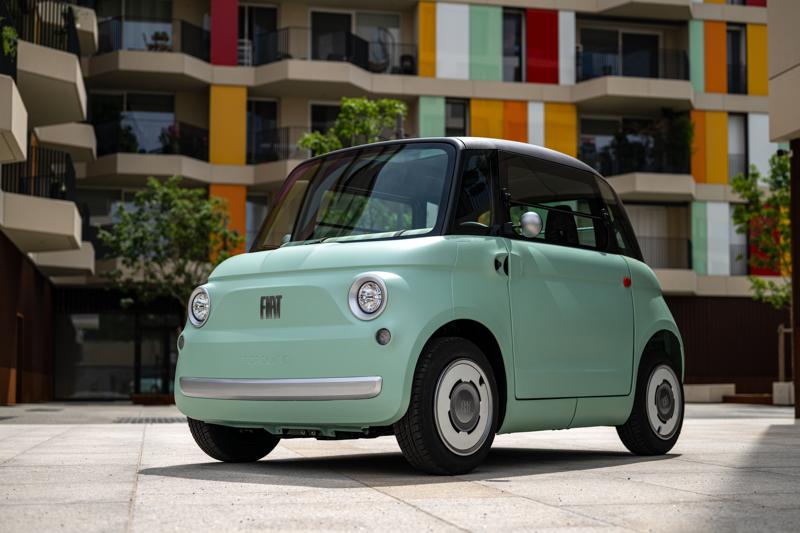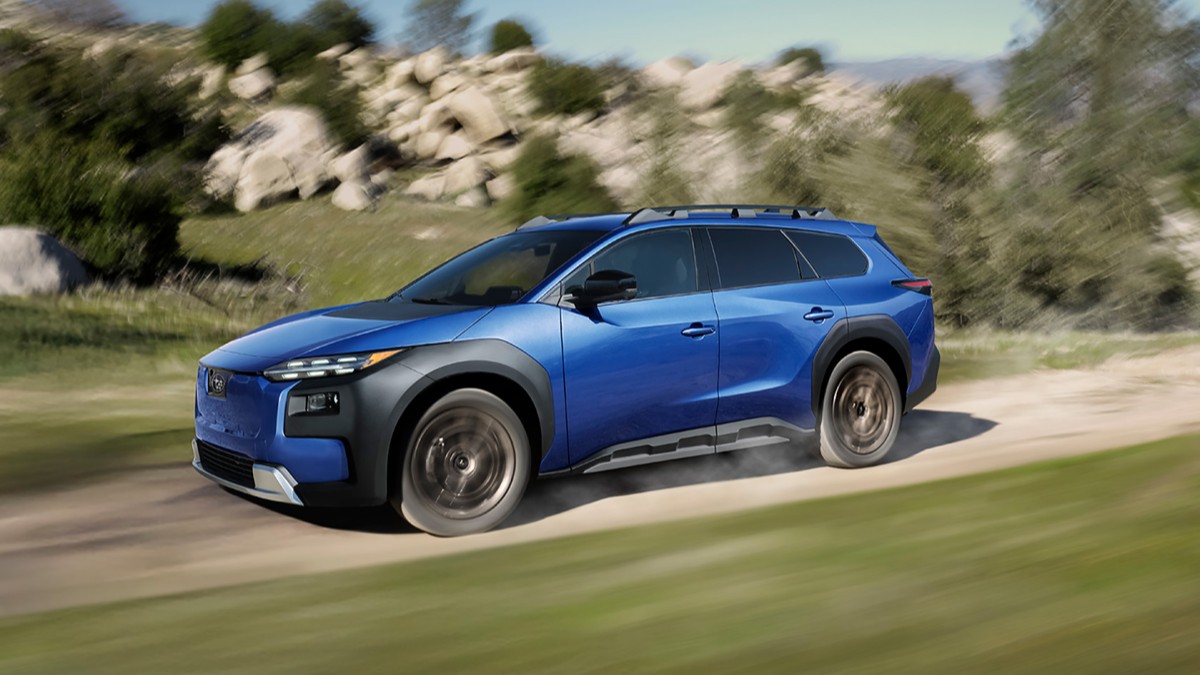Today, many automakers make two car lineups — one gas–powered and one electric. Some have quickly developed electric vehicle (EV) equivalents of much of their gas-powered lineup.
That creates a problem – how do you name the cars to make it simple for shoppers to understand what they’re looking at?
This issue is probably most significant at Mercedes-Benz. The company hasn’t released an electric equivalent of every model in its lineup. But it’s getting to that point quickly.
Want a compact SUV? They can sell you a gas-powered GLB or an electric EQB.
A luxury sedan? Try the gas-powered E-Class or the electric EQE.
A midsize luxury SUV? There’s a gas-powered GLE or an electric EQE SUV. Wait, wasn’t the EQE a sedan? Yes, but the name also fits on an SUV. This is getting a little confusing.
Mercedes, it seems, agrees. The company has decided to drop its EQ EV naming convention before it grows any more convoluted.
The transition will start with the next generation of the company’s flagship luxury sedan(s). CEO Ola Källenius told the U.K.’s Autocar, “There will be two S-Classes in the future – ICE [Internal Combustion Engine] and electric.”
That lets the brand eliminate the EQS name. That’s good news for buyers because the name today applies to both an ultra-luxury sedan and a similar SUV.
The two S-Class models won’t share many parts, Autocar reports. But they’ll share a position in the lineup – buyers looking for the most luxurious Mercedes sedan will be able to ask for an S-Class, as they always have. Dealers can then offer them a gas-powered model or an electric one.
The two will also look mostly alike.
“The plan mirrors the positioning of the new G-Class, which now comes with both combustion-engine and electric drivetrain options without any significant difference in styling,” Autocar explains.
Källenius didn’t specifically say that Mercedes will adopt the same naming convention across its entire lineup. But the move would be a relief to both shoppers and dealers, so we expect it.








